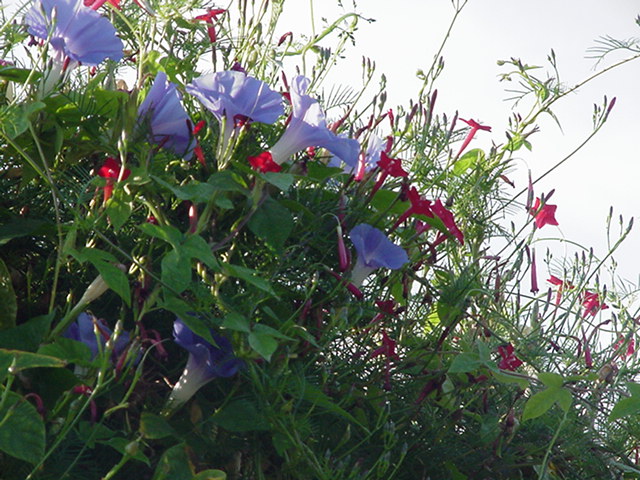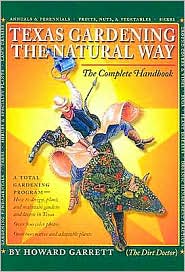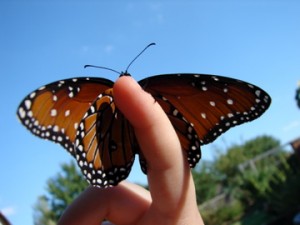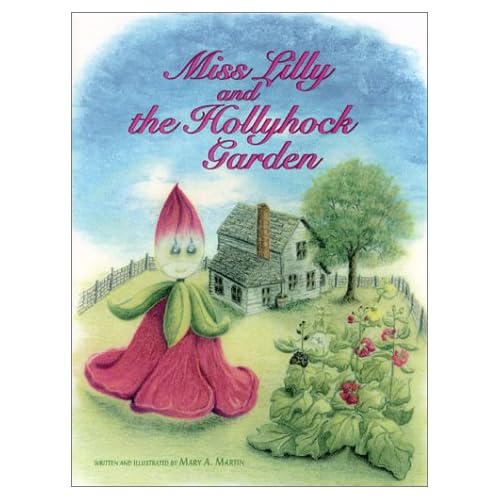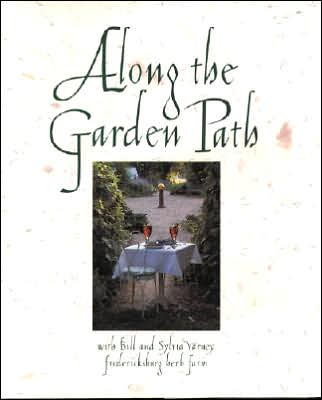I took a garden tour through a neighbor’s garden and noticed that there was a particular plant coming up everywhere. I asked her what it was and the look on her face told it all… it was a weed. It started out as a lovely “trumpet vine”. And, yes, it is very lovely. At least it’s lovely until you find it choking out absolutely everything. It’s a native to Texas, but it’s one native that doesn’t play well with others.
As I continued my tour of my neighbor’s yard I saw another plant that, although it seemed well behaved enough in her garden, has been on a rampage in mine. It was given to me by another gardener and I couldn’t remember what it was called. She told me that it was “Lime Light Artemesia”. Yeah that rings a bell. She said that when she worked at a gardening nursery all the staff were told that they couldn’t purchase from the original shipment, so they were all waiting on pins an needles to get to buy from the next shipment – and they all bought several. It wasn’t long after that that they were all trying to rip it back out. So see? It’s not just swaps where these dragons of the garden can come from.
Some of the other plants that I have acquired from friends, swaps and nurseries or that have just popped up out of nowhere are Carolina Snailseed, Sweet Autumn Clematis, White Wisteria, some kind of wild ruellia.
I have also found that some of these “weeds” can be rehabilitated if you put them in another place where they are not quiet as comfortable. It may be a gamble and it seems to work better with sun loving plants going into shade rather than the other way around. Depending on where you shop, nurseries are less likely to give negative information about a plant, but don’t hesitate to ask what the growing habits of a particular plant are and whether it is invasive or not. I will still continue to get most of plants from swaps because I’m more likely to get plants there that I know will be happy in my Texas garden but I will ask!
